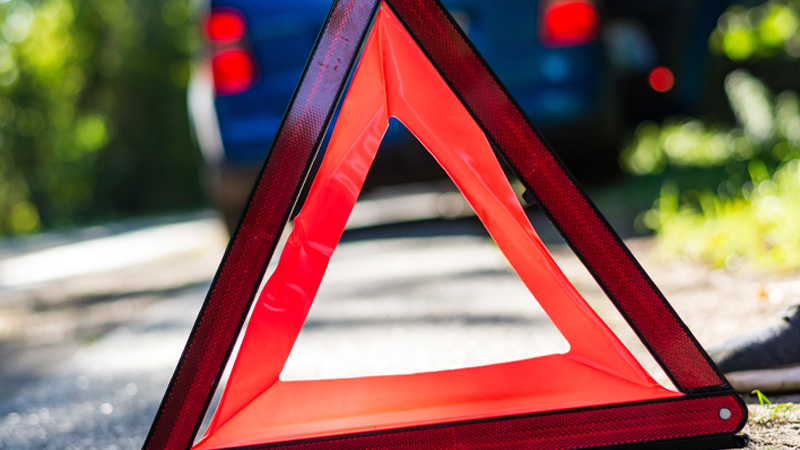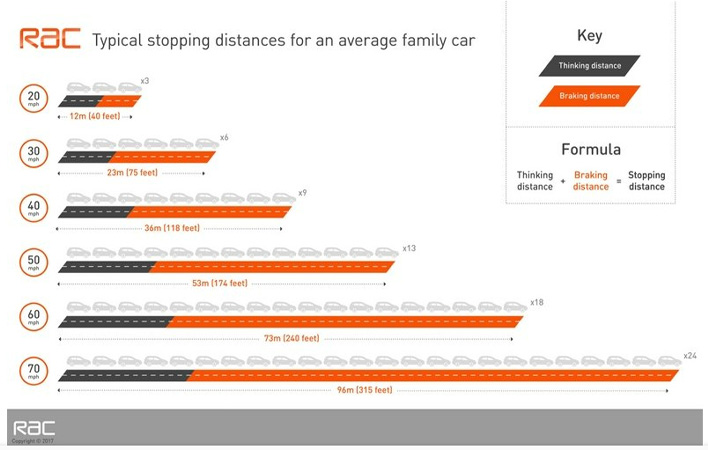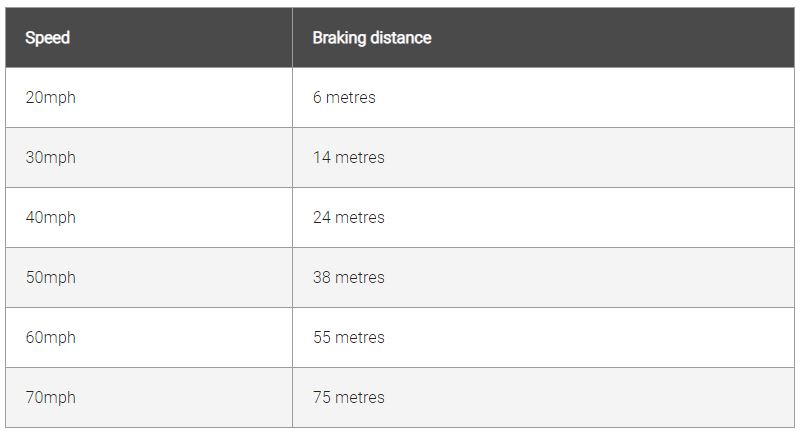We use cookies to make your experience better. To comply with the new e-Privacy directive, we need to ask for your consent to set the cookies. Learn more.


Safety Tips for Driving in Adverse Weather
Driving can be incredibly hazardous when there is excess water or ice on the roads, even if you do adjust your driving style accordingly and take all the necessary precautions. Therefore, when facing a journey in adverse weather conditions the most important thing to consider is whether you can avoid driving in the first place.
When travelling is absolutely unavoidable, there are a few steps you can take to keep both you and other road users safe and to ensure that you reach your destination with minimum disruption. Lets go over the necessary precautions.

Plan ahead
When travelling in adverse weather conditions it is essential to allow plenty of time for your journey. You will have to travel slower than usual and roads could be congested. Panicking about being late and rushing to reach your destination can impair your decision making and increase the likelihood of an accident. Check your route before you leave and keep up-to date with local travel news.
The Met office will release national weather warnings but local radio and online route planners can indicate any blockages or obstacles to consider before setting out. Minimise the likelihood of a breakdown by checking the condition of your vehicle in advance.
If you are not in a position to do this yourself, Mercedes-Benz South West offer a Winter Health Check which will fully prepare your vehicle for a temperature drop and worse driving conditions. Regularly check your tyres to ensure they are in good condition, are suitably inflated and have the appropriate tread depth. Also, ensure you always have antifreeze in your windscreen washer fluid.
Defrost your car thoroughly
Conventional tactics to de-ice your car can in fact cause damage. Using a credit card or CD boxes can scratch the glass and using hot water can cause the screen to crack. On particularly cold mornings, water or untreated wiper fluid will just freeze again.
Therefore, make sure you have an ample supply of de-icer in your vehicle throughout winter and keep an ice-scraper handy. Another reason to allow extra time for your journey is to provide time for your vehicle to defrost fully. Ensure all windows are clear, including the rear, the roof is clear, and that you can see out of your wind mirrors clearly before setting off.
Create an emergency pack
Put together a kit that will travel with you throughout the autumn and winter. It should be compiled to provide comfort and assistance in an emergency scenario and could include warm clothing, food and drink, a torch, a first aid kit, a portable phone charger, a warning triangle, a high-visibility vest, and any essential medication you take.

Use your gears effectively
It is dangerous to travel when your car is in neutral in any circumstance as it limits your control of the vehicle and considerably increases your breaking distance. This is particularly relevant when travelling in icy conditions. You should in fact use the highest gear possible to avoid wheel spin (but be careful to regulate your speed).
If you get stuck in snow, avoid spinning the wheels or revving the vehicle as this will dig the wheels in deeper. Instead, using as high a gear as possible, slowly manoeuvre the vehicle lightly forward and back to gradually creep out.
Leave ten times the normal gap
Because harsh braking in adverse weather conditions is likely to cause your car to skid, it is important to consider your stopping distance. Poor visibility might mean that reaction times are increased and bad road conditions will dramatically affect braking distance. Below are the official braking distances provided by the Highway Code. Research suggests that these should be doubled in wet conditions and multiplied by ten on snow or ice.

Images provided by rac.co.uk
Plan your next move carefully
Pre-empting the road ahead will allow you to brake gently and avoid locking up the wheels of your car. Return to a lower gear earlier than you would normally to allow your speed to fall gradually. Take corners slowly and steer steadily to avoid skidding. If you do skid, remember to ease off the accelerator and steer into the direction of the skid until you regain control. Never brake as this will lessen your control and can cause the vehicle to lock up.

